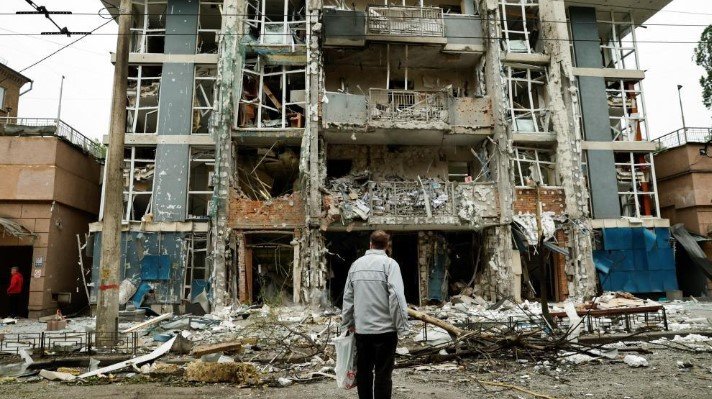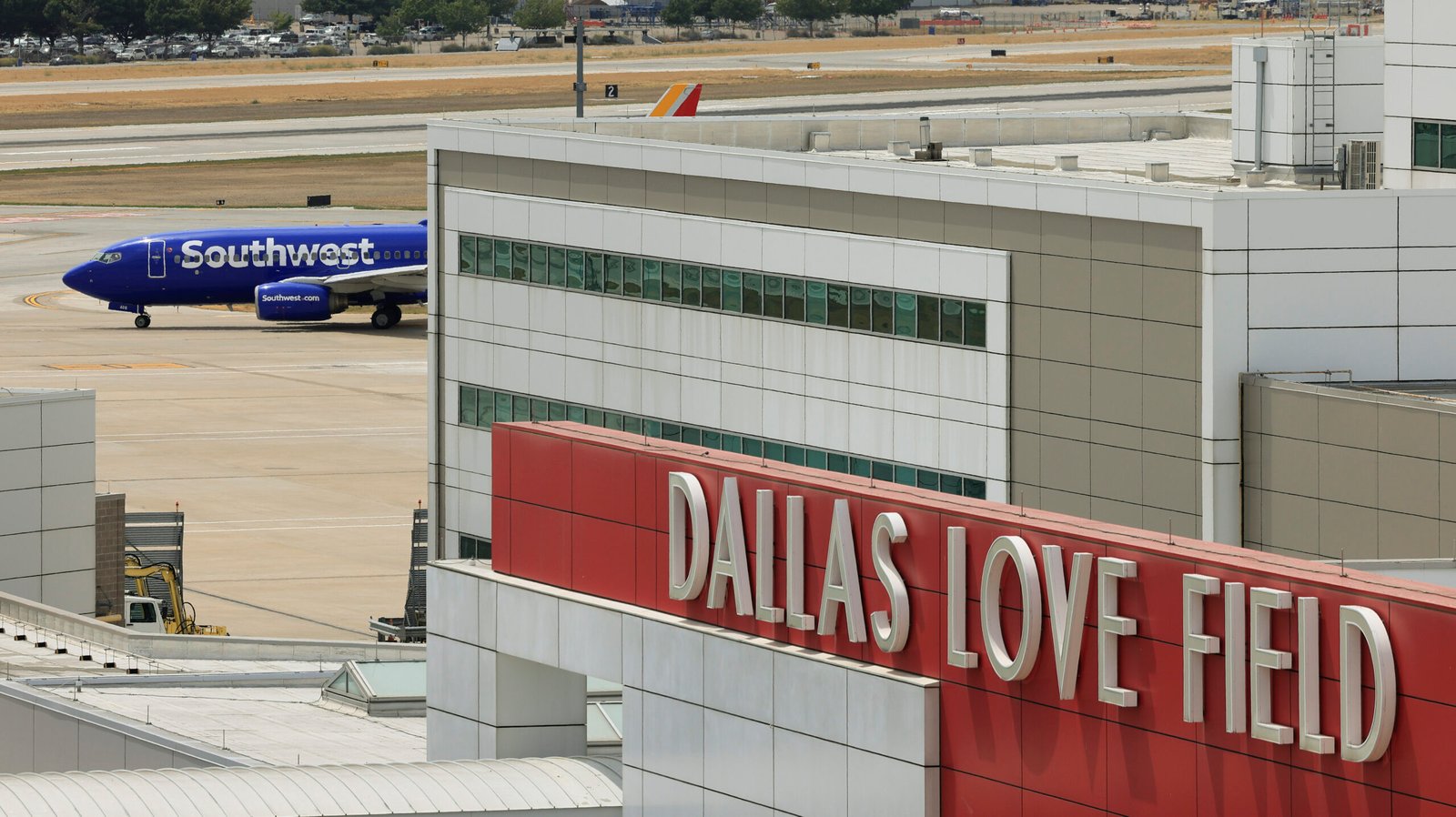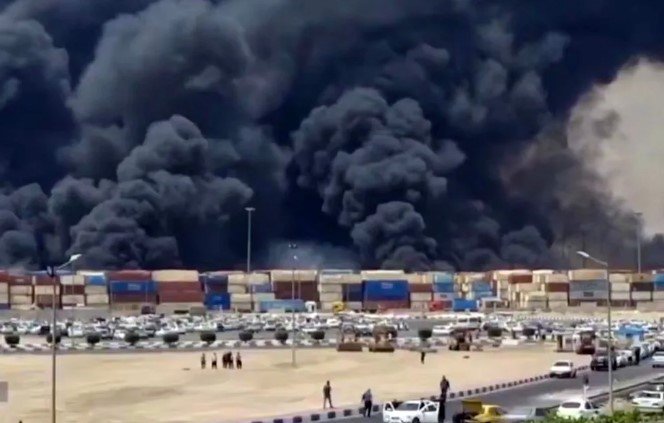Ukrainian cities face deadly attacks as Russia increases its aggression.
There has been a striking bombardment, alongside missile and drone strikes, hitting certain regions of Ukraine, with Russia attacking in a more aggressive manner. On the other side, the military claimed that there has been no progress in the exercise of air raid sirens across every sub-ordinate area from Lviv to Odesa and downwards.
According to the locals, the fireworks begin at 12 am. The exercises persist after the break of dawn, with people noticing air defense systems getting overwhelmed. During this duration, at least 48 drones are fired at ‘Shahead,’ a well-known Iranian company, and this number will only increase if protection mechanisms do not function properly.
Acquiring and possessing evidence grants the journalists the right to prove that witnesses indeed have 100 injuries amongst 19 confirmed dead. Considering the destruction of essential energy centers, it became part of the harsh reality that hundreds would lose access to functional services essential for living.
Kyiv, Kharkiv, and Lviv Among Primary Targets
Once again, Russian forces chose to center their violence on Kyiv. Explosions were documented in the capital from 1:15 a.m. until 3:30 a.m., leading to air raid alerts and forcing people to seek shelter in temperatures. As the Air Force of Ukraine Spokesperson Yurii Ihnat voiced, most of the drones were neutralized. Nevertheless, some missiles managed to breach the capital’s drone defenses, and residential high-rises in Holosiivskyi and Obolonskyi regions sustained damage.
In the northeast of the country, the second largest city, Kharkiv, sustained severe strikes on a regional power substation. Outages were reported all across the city and the surrounding areas. As voiced by Mayor Ihor Terekhov, backup power supply units were the only sources of energy to the hospitals, and the emergency services were overwhelmed.
The western city of Lviv was not spared either, even though the city is relatively calmer compared to the rest of Ukraine. Governor Maksym Kozytskyi confirmed a strike on a railway junction as well as a fuel depot located nearby. He remarked on the situation on Ukrainian TV, saying: “This looks like another attempt by Russia to disrupt logistics and energy supply routes.”
Moscow’s Messaging: Retaliation or Strategy?
This morning, the Russian Ministry of Defense issued a statement claiming “strikes were aimed at disabling Ukraine’s NATO-supplied military infrastructure and degrading command and communication systems used in offensive operations.”
However, many analysts now believe the scope and timing of the attacks are suggestive of something more than mere tactical intent. Following the announcement of new aid packages by the United States and several European Nations, these strikes served as clear signals of defiance surging from Moscow.
“This is Russia reasserting dominance by targeting not just the battlefield, but the psychological and logistical backbone of Ukrainian resilience,” said Anatoliy Stepanyuk, a defense analyst with Kyiv’s Centre for Strategic Studies.
Western officials speculate this is an escalation in response to Ukraine’s recent advancements in the south, specifically, the Zaporizhzhia and Kherson regions, where Ukrainian forces reportedly made gains last week.
Air Defenses Under Strain
While elements of Ukraine’s air defense arrayed with Western-supplied Patriot and IRIS-T systems have performed well in previous attempts, this latest assault’s sheer volume exposed some of these systems’ limitations.
During a single night, Russia launched over 110 aerial maneuvers. Even the best systems have their saturation points, emphasized Serhiy Popko, who leads the Kyiv City Military Administration.
Using X (Twitter), President Volodymyr Zelenskyy underscored the need for Ukrainian forces to bolster their air defense capabilities, remarking: “Our defenders held the skies valiantly, but the cost is high. We must shield our cities. Ukraine needs more systems, more speed, more synergies, more unquestionable steadfast resolve, more solidarity.”
Operational Response and Societal Impact
Kyiv’s rescue units responded promptly to distress calls from civilians trapped under collapsed infrastructure and actively engaged in retrieving corpses. A missile’s impact resulted in the complete collapse of a residential building, which led to deaths and numerous individuals sustaining life-threatening injuries. In Odesa, a flying drone was intercepted mid-air, which resulted in debris bursting into flames and injuring over 30 civilians and supermarket employees.
Describing the conditions on the ground, first responders are painting a grim picture: “We’re not just putting out fires. Rounding up remains and treating the injured in the open is what we are engaged in,” detailed Roman Hrytsenko, a Dnipro firefighter.
Ukrainian authorities reported that dozens of hospitals and specialized clinics, including blood donation centers, have been subjected to varying degrees of destruction, prompting the issuance of gaps in the medical infrastructure policy, prompting officials to seek international aid for the necessary medical supplies, including portable clinics and other designated trauma materials.
Global Response: Outrage and Alarm
Some Western leaders, the United Nations, and NATO were quick to denounce the sudden attacks.
European Commission President Ursula von der Leyen called them “an assault on life itself,” while UN Secretary General Antonio Guterres referred to them as “a grotesque violation of international humanitarian law.” G7 members were quick to express outrage, impose escalating sanctions, and permit military aid shipments.
In Washington, Biden declared these attacks “a chilling reminder of why we must continue to stand with Ukraine.” He further stated that more defensive systems would be delivered, and an additional 750 million would be extended in assistance.
Further Russia “Decisive Measures” Warnings
Spokesperson Dmitry Peskov issued new threats this morning when he announced “Russia will continue its military operation with intensity proportional to the West’s interference,” doubling down on the Kremlin. State television showed missiles firing from ships and ground vehicles, triumphantly declaring these operations a “strategic success.”
Peskov maintained that there was no targeting of civilian infrastructure, attributing “collateral damage” to malfunctioning Ukrainian air defenses. Nonetheless, independent analysts, along with satellite images, have shown what appears to be an intent to attack zones devoid of military purpose.

Kyiv’s Determination: “We Will Not Break”
Destruction may be rampant, but Ukrainian authorities exhibit steadfast resilience. President Zelenskyy released a video from a central Kyiv bunker, in which he stated that he is willing to continue defending Ukraine.
“They can fire as many missiles as they want. They can raze as many cities as they want. Ukraine survives, Ukraine continues to stand. We do not run. We fight. We endure.”
He noted that recovery operations needed to be prioritized first in line, while also noting that shelters were also being made for the worst-affected people.
Table of Contents
What’s Next?
As civilians make makeshift emergency shelters, all that can be done is speculate how the recent turmoil will shape the coming days. While NATO has promised accelerated coordination and expedited aid delivery, experts warn Russia may be pivoting from focused attrition warfare to comprehensive destabilization.
With talks of a potential spring counteroffensive and increased military support for Ukraine from other nations, these “overnight” strikes may signal the beginning of more intense conflict, which would demand unprecedented international cooperation and response.
For the citizens of Ukraine, the route is once again paved with unbending resilience and sorrow, alongside the hope that somehow, the world will not turn a blind eye.



